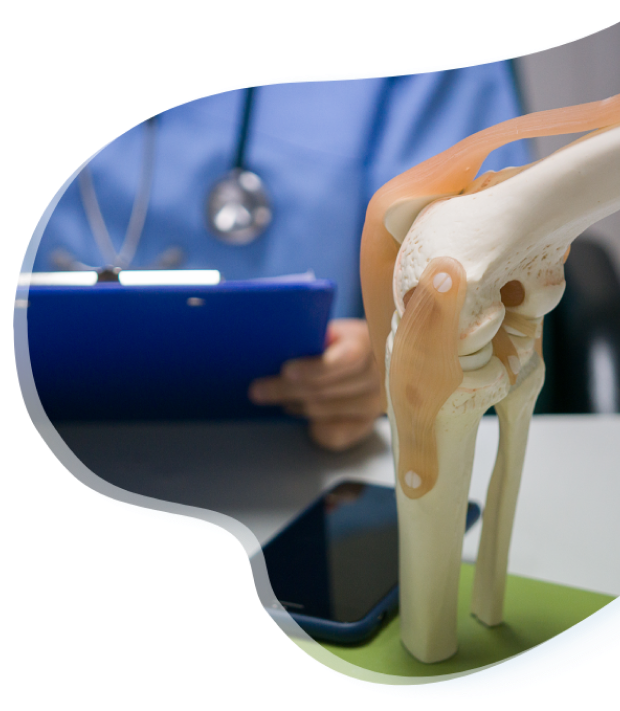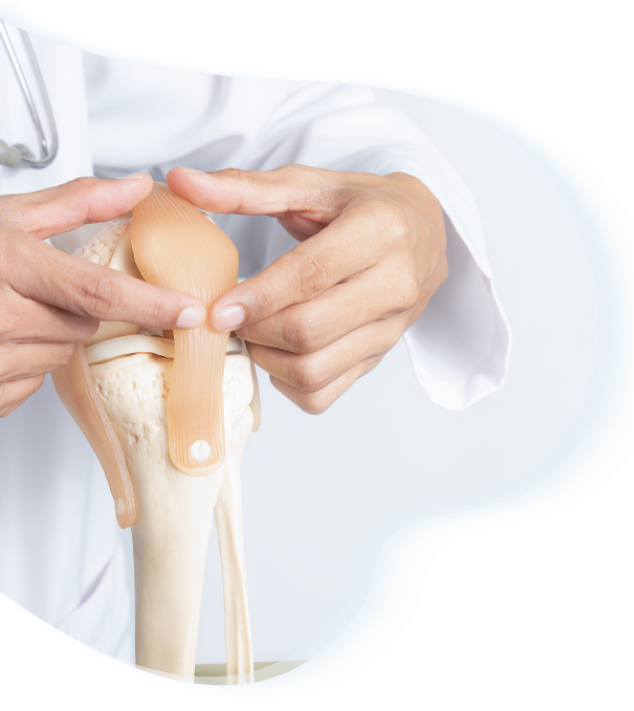Understanding Complex Knee Replacements
Difficult or complex knee replacements typically involve cases where the patient has unique anatomical considerations, significant deformities, severe bone loss, prior failed surgeries, or other complex medical conditions. These cases necessitate a higher level of expertise and innovative approaches to achieve optimal results.
Types of Challenging Knee Replacement Situations
- Severe Bone Loss: Extensive bone loss due to conditions like osteoarthritis, rheumatoid arthritis, or prior surgeries can make the reconstruction challenging.
- Deformities: Patients with severe deformities, such as bowed legs or knocked knees, require specialized techniques to correct the alignment during the replacement.
- Revision Surgery: Patients who have had previous knee replacements and require a new replacement due to wear and tear, infection, or implant failure.
- Complex Medical Conditions: Patients with comorbidities like obesity, diabetes, or cardiovascular issues that complicate the surgical procedure and recovery.
- Younger Patients: Performing knee replacements in younger individuals, considering the longevity and durability of the implants over a longer lifespan.

Surgical Approaches for Complex Cases
- Custom Implants: Utilizing custom-made implants based on the patient's unique anatomy, providing a more precise fit and addressing specific challenges.
- Computer Navigation and Robotics: Utilizing advanced technology for real-time surgical guidance, aiding in precise implant placement, particularly beneficial in cases with deformities or bone loss.
- Patient-Specific Instrumentation: Tailoring surgical instruments based on preoperative imaging to enhance accuracy and alignment during surgery.
- Allografts and Bone Substitutes: Using donated bone (allografts) or synthetic materials to reconstruct lost bone, supporting stable implant fixation.
- Multidisciplinary Team Approach: Involving a team of orthopedic surgeons, anesthesiologists, physiotherapists, and other specialists to plan and execute the surgery, considering all aspects of the patient's health.

Potential Complications and Risk Mitigation
Infection
Exposure
Rigorous infection control measures, prophylactic antibiotics, and sterile surgical environments to reduce the risk of infections
Blood
Clots
Use of blood thinners and early mobilization to prevent blood clots.
Implant
Loosening
Utilizing advanced cementing techniques, custom implants, or bone substitutes to minimize the risk of implant loosening.
Nerve and Blood
Vessel Damage
Careful preoperative planning and precise surgical techniques to minimize the risk of nerve or blood vessel injury.
Recovery and Rehabilitation
- Individualized Rehabilitation: Tailoring rehabilitation programs to the patient's specific situation and needs, ensuring a safe and effective recovery.
- Physical and Occupational Therapy: Incorporating physical and occupational therapy to improve strength, range of motion, and functional abilities.
- Long-Term Follow-up: Regular follow-up appointments to monitor the progress of the knee replacement, address concerns, and modify the rehabilitation plan as needed.

Is Complex Knee Replacement
Right for You?
Knee replacements in complex situations require a multidisciplinary approach, advanced surgical techniques, and individualized care to achieve successful outcomes. If you are facing challenging knee issues, consult with a specialized orthopedic surgeon to explore the most appropriate treatment plan for your unique situation. With careful planning and expert care, patients can achieve improved mobility and a better quality of life, even in the most complex knee replacement scenarios.
Contact Us Now
Business Hours
- Monday: 9:00 AM – 6:00 PM
- Tuesday: 9:00 AM – 6:00 PM
- Wednesday: 9:00 AM – 6:00 PM
- Thursday: 9:00 AM – 6:00 PM
- Friday: 9:00 AM – 6:00 PM
- Saturday: Open Selected Saturdays
- Sunday: Closed



